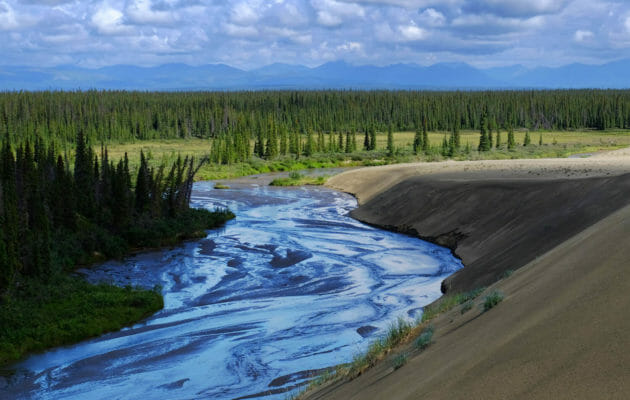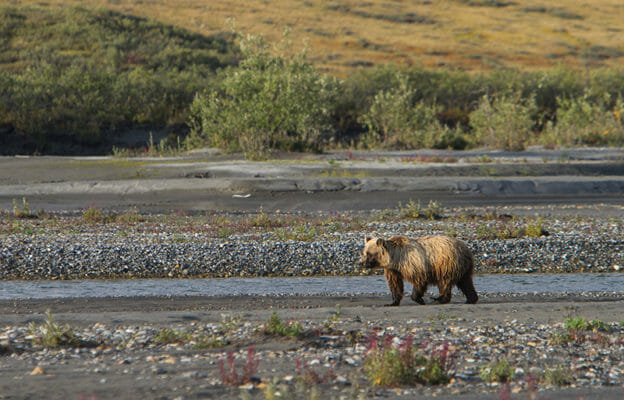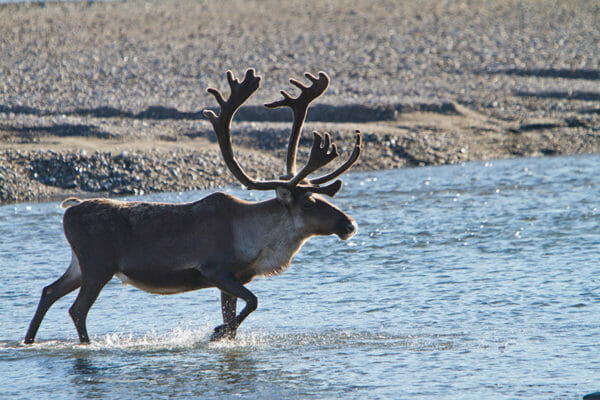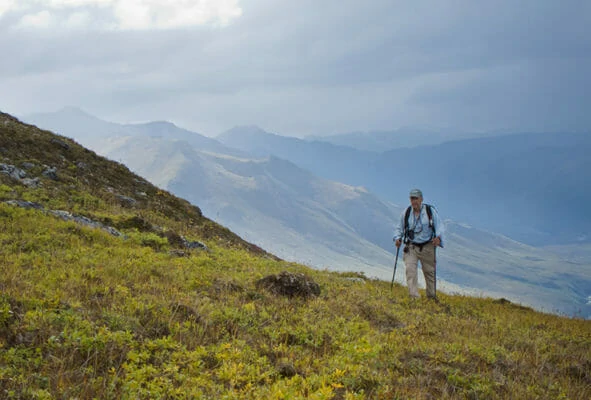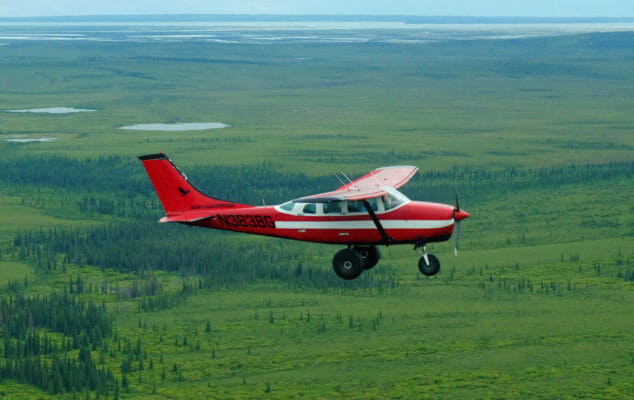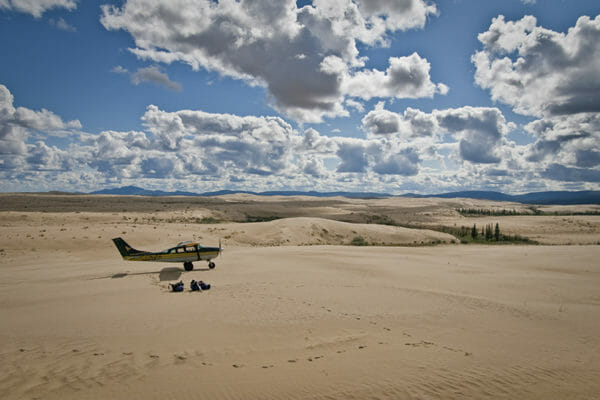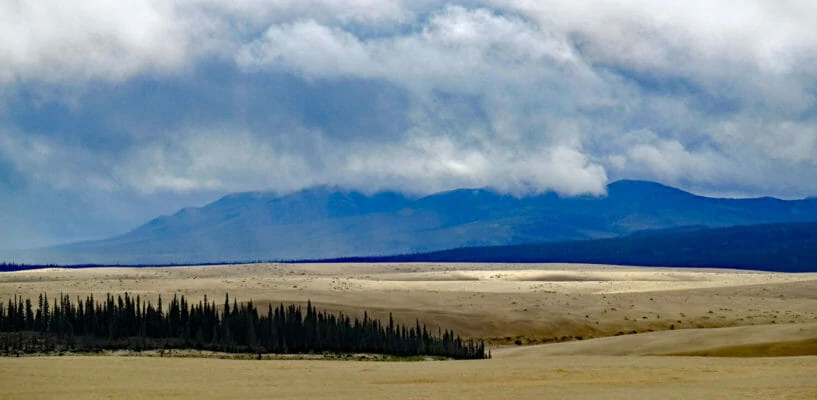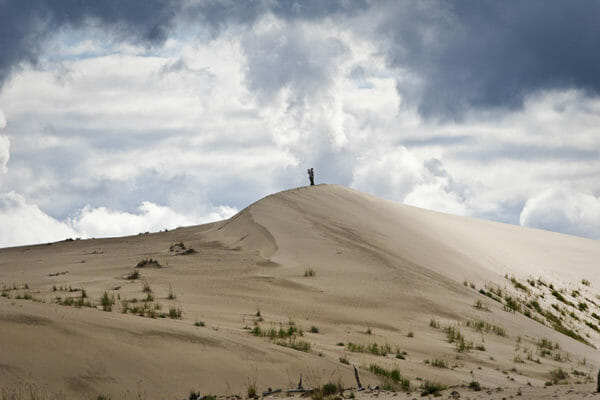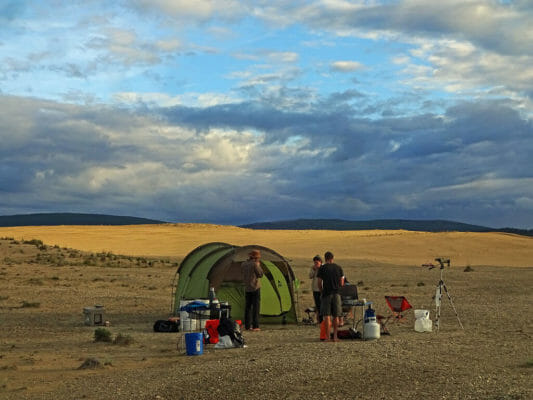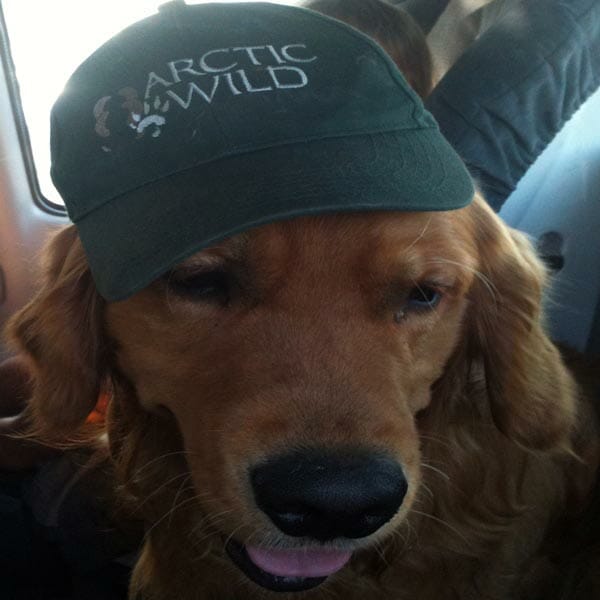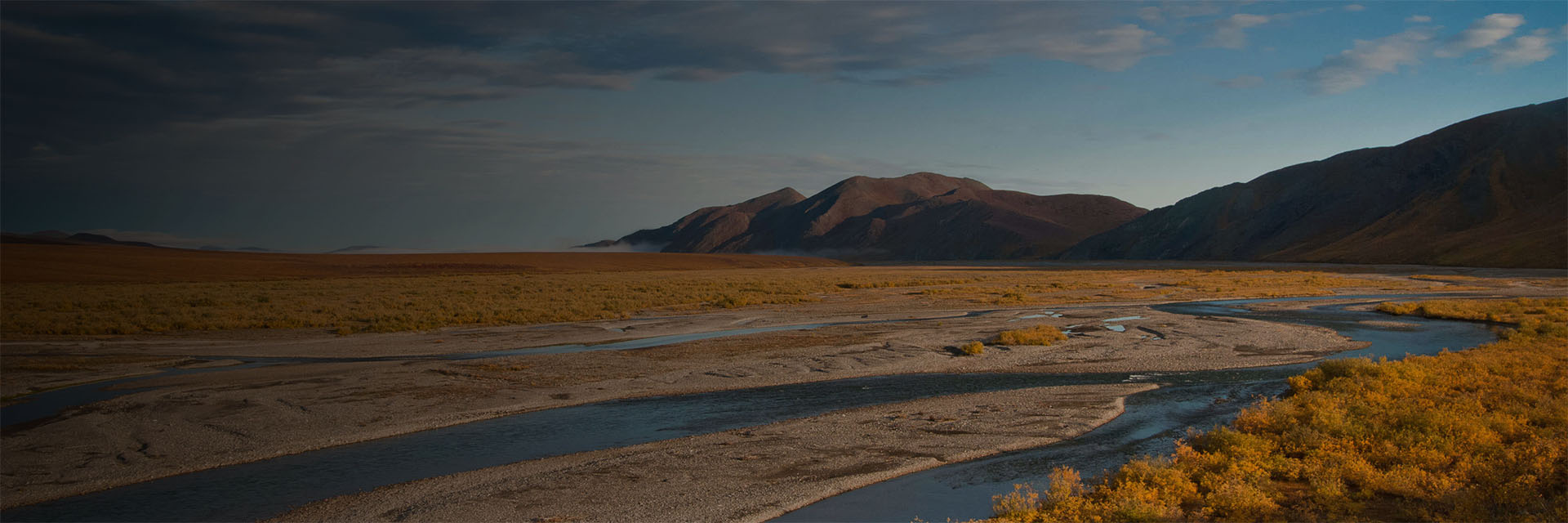Last updated: September 27, 2022
Itinerary
What follows is a general flow of events. Expect the unexpected and prepare to be flexible.
July 16
After seeing the sights in Kotzebue and collecting park stamps at the Northwest Arctic Heritage Center, meet your guide for a pre-trip meeting at 6:45 pm in Kotzebue.
July 17
Fly from the Inupiat village of Kotzebue on the Chukchi Sea up the Kobuk River and then head north into Gates of the Arctic National Park. Landing on a gravel bar near a clear fast river we will unload and set up camp. We spend the afternoon and evening settling in, learning the birds and plants, and planning the next day’s adventure. (Please note that in recent years our landing strip has been just outside the Park Boundary. We are looking for a new one within the Park but still within striking distance of Gates of the Arctic, but there is some chance you’ll camp near the Park Boundary and will hike to the Park. From the ground it is all spectacular wilderness!)
July 18
A full day to explore and enjoy Gates of the Arctic. Your desires help govern our activities. We can hike to a lake and try some fishing, ascend the nearest peak and watch Dall Sheep grazing, or plan a big loop hike, up one drainage and down the other. With 24 hours of daylight and more wilderness than we could explore in a lifetime, our energy and imagination are the only limits to what our day in the wilderness will hold.
July 19
After packing up our camp, we await the pilot’s return. We will fly south right into the heart of the Kobuk Dunes. Once we unload we may have to carry our gear a ways to access fresh drinking water but then we can go and explore the dunes, springs and sand flats.
July 20
A full day to enjoy the dunes. Moose, wolves and fox all frequent the dunes as do a great number of birds. The sand constantly shifts and swirls. There are springs coming right out of the sand and great expanses where nothing seems to live. The hiking is soft in places but great distances can be covered if you are so inclined. Swim in the ponds, look for wolf dens, slide down the tallest dunes, or just stretch out your beach towel and parasol.
July 21
Weather permitting, our bush plane will arrive to fly us to the Arctic Coast at Cape Krusenstern National Monument. We will enjoy an afternoon beach-combing and hiking along the coast. Muskoxen are often seen on the tundra and the birding in the lagoon can be outstanding.
July 22
It is a busy day. We get to spend the morning at Cape Krusenstern. Mid-day the pilot returns one more time and we wing south, down the Arctic Coast to Bering Land Bridge National Preserve. After flying for an hour and a half we’ll land in a verdant valley with a steaming creek and all manner of volcanic rocks jutting from the tundra. We will spend the afternoon enjoying Serpentine hot-spring and the mountains nearby. As the evening approaches we will fly back up the coast to Kotzebue where the trip concludes.






